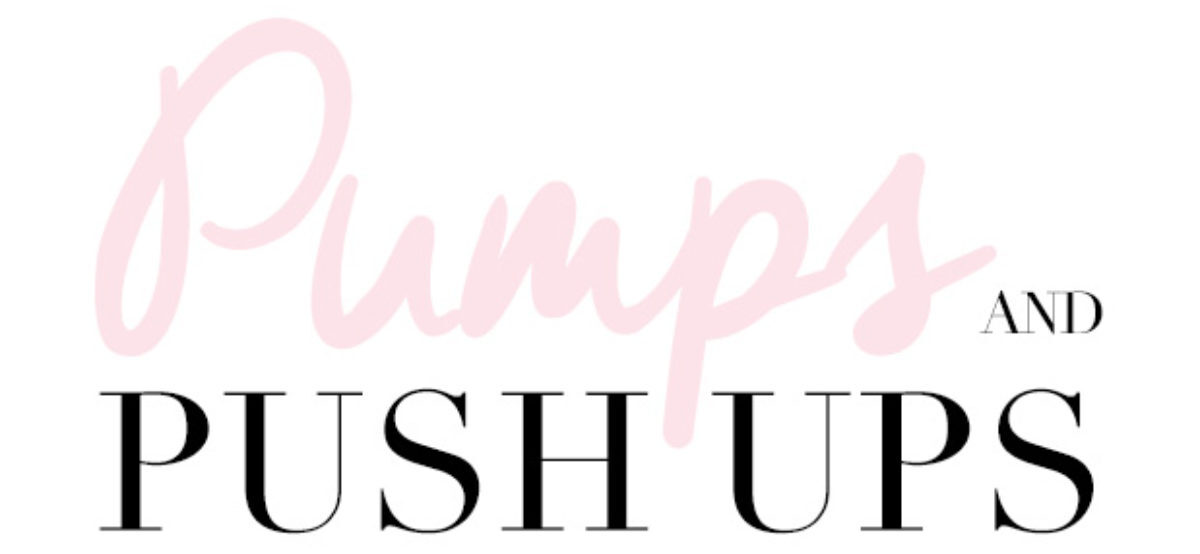Thank you Recycling Simplified by Republic Services for sponsoring this post. Learn more about recycling by visiting the Recycling Simplified website today!
I’m a little bit ashamed to admit that we only recently started to recycle in our home. The impact that our waste has on the environment and sustainability is something that was very out of sight, out of mind for me, until the last few years. It started with my sister-in-law Erica, she started to bring a lot of the issues to light for me, and it really made me think. Then Maddox started to recycle at school, and would ask why we don’t at home. So, we started to make changes. Little by little, we’re making small changes that can have a big impact. We use reusable water bottles and lunch containers, we’re cutting down on our paper towel use and now we recycle!
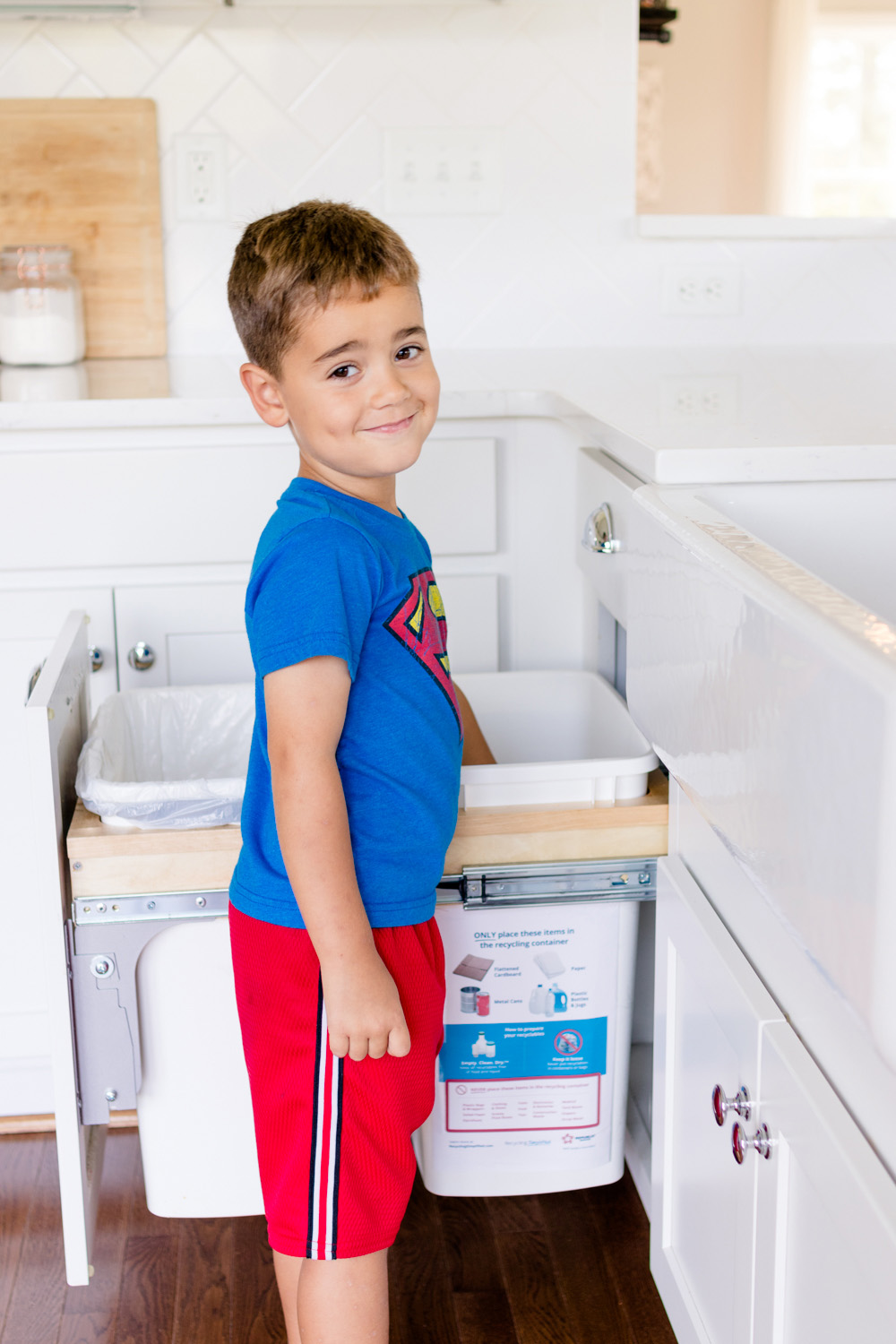
Recycling Tips
Prior to implementing recycling in our home, I found it very intimidating. Isn’t that silly? It seemed like a lot of rules to me that I was bound to make some mistake and null and void the entire thing. Turns out – I’m not the only one. Despite our efforts nearly 30% of what goes into recycling bins doesn’t belong there. Simple things like a ketchup bottle that still has ketchup inside or recyclables that have been contained in a plastic bag. Simple mistakes that can hinder good efforts.
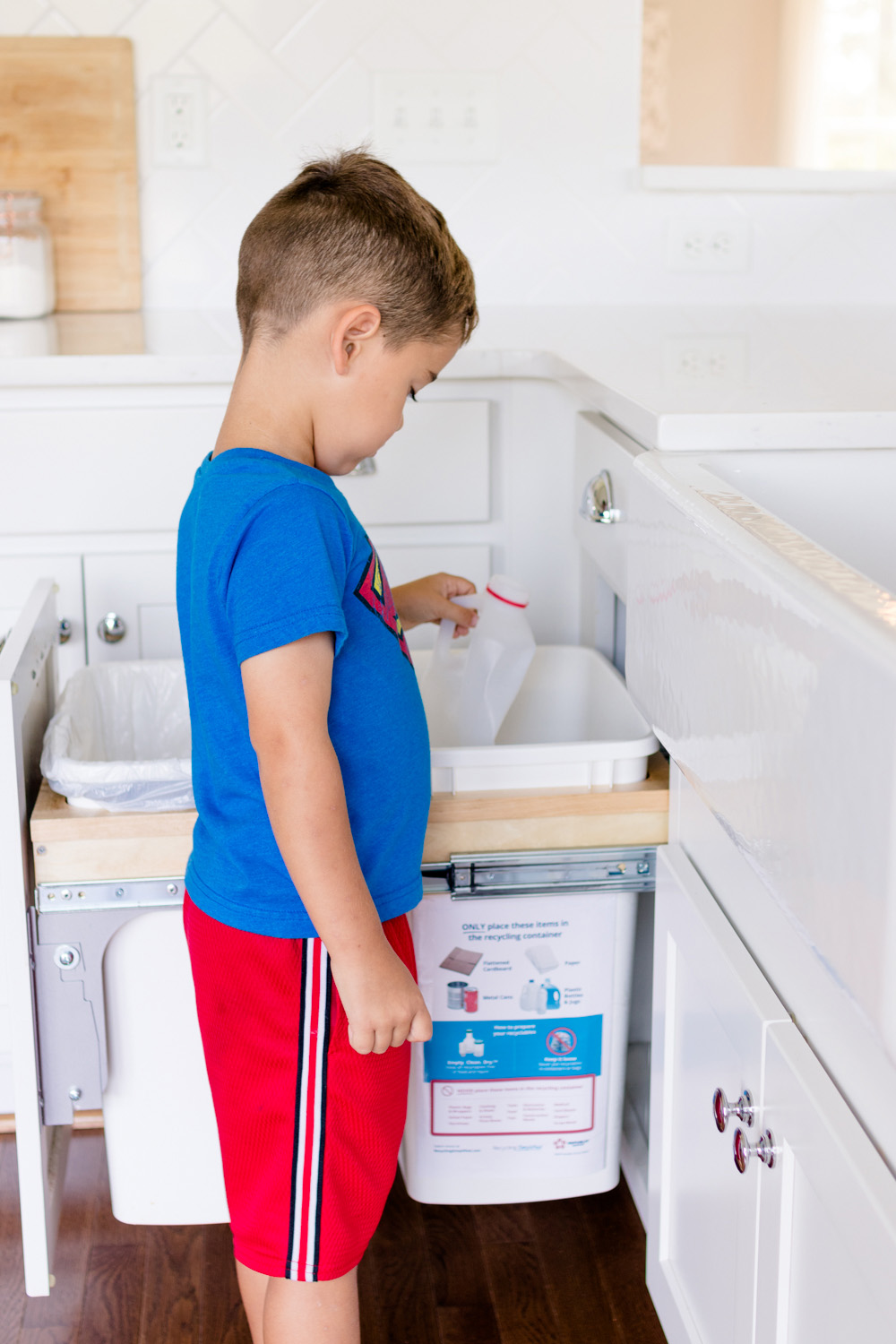
Recycling 1-2-3
Luckily, there are resources to help! n 2018 Republic Services launched the Recycling Simplified education campaign to help make recycling simple and easy! The goal is to encourage recycling and cut down on those recycling errors. Their website is full of resources for homes and businesses. There is even a Recycling Simplified Education Program for teachers, complete with videos, handouts, and activities for students. This program not only teaches the basics of recycling, but shows the impact our waste has on our world.
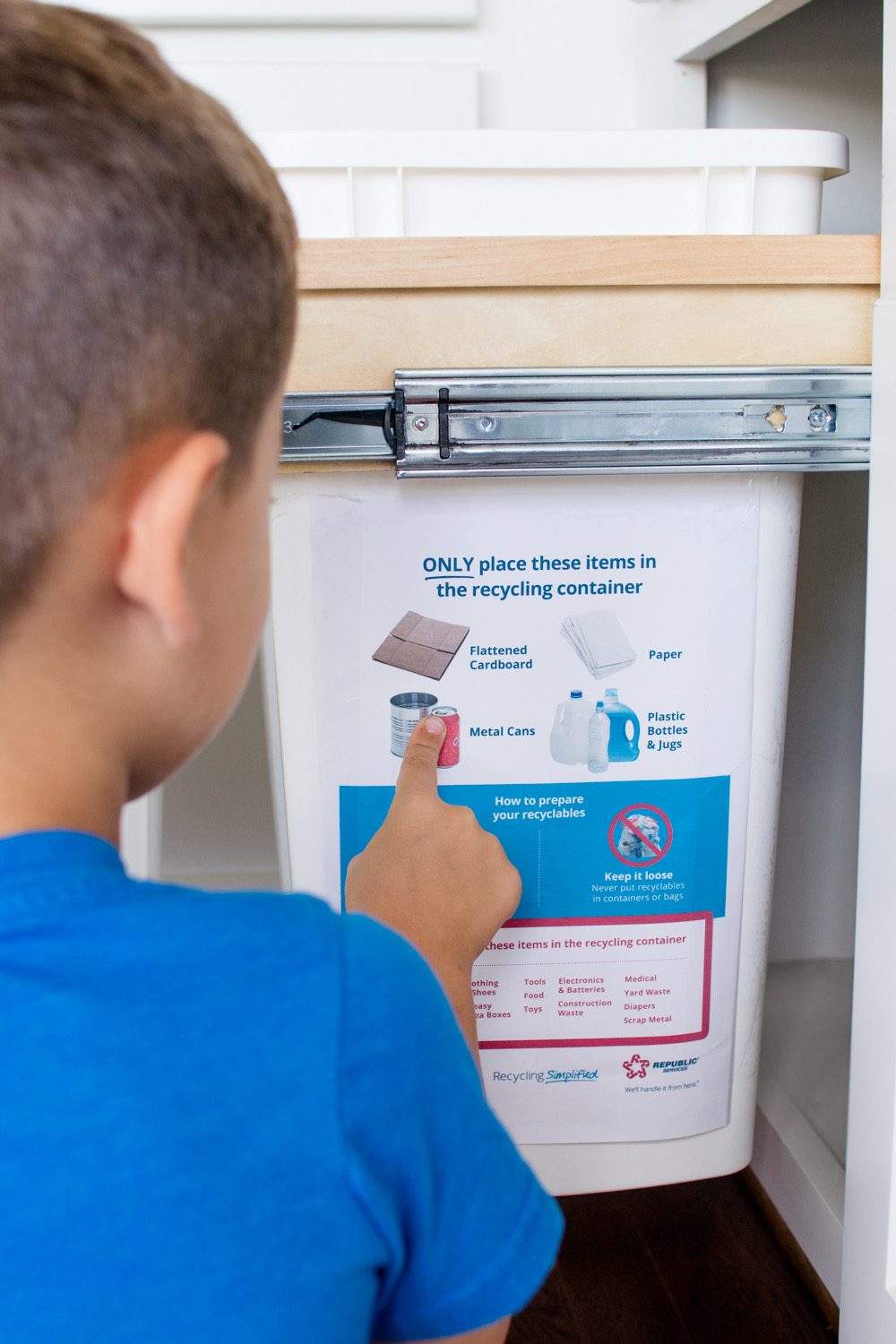
I downloaded a quick reference guide from their site and taped it to the side of our recycling bin. It not only helps me, but helps the boys, and any guests we may have that aren’t familiar with recycling. The guide also distinguishes our recycling bin from our trashcan in our kitchen pull-out.

What Can I Recycle?
The handy little guide I downloaded breaks it down into three easy to understand categories:
- Plastic Bottles and Jugs
- Paper and Cardboard
- Metal and Aluminum Cans
- You’ll need to check with your local recycling center about glass, mine takes it!
I checked with my local recycling center to ensure I prepared the recyclables properly. They allow for co-mingled recyclables, but cardboard needs to be separate, so we keep our cardboard in the garage.

Recycling Do’s
There are a few important things to remember about the items that fall into the recyclable categories:
- All containers need to be clean and dry! Liquid can ruin an entire truckload of recyclables.
- Check for the types of plastics your center will take, some will take things like yogurt cups, and others won’t.
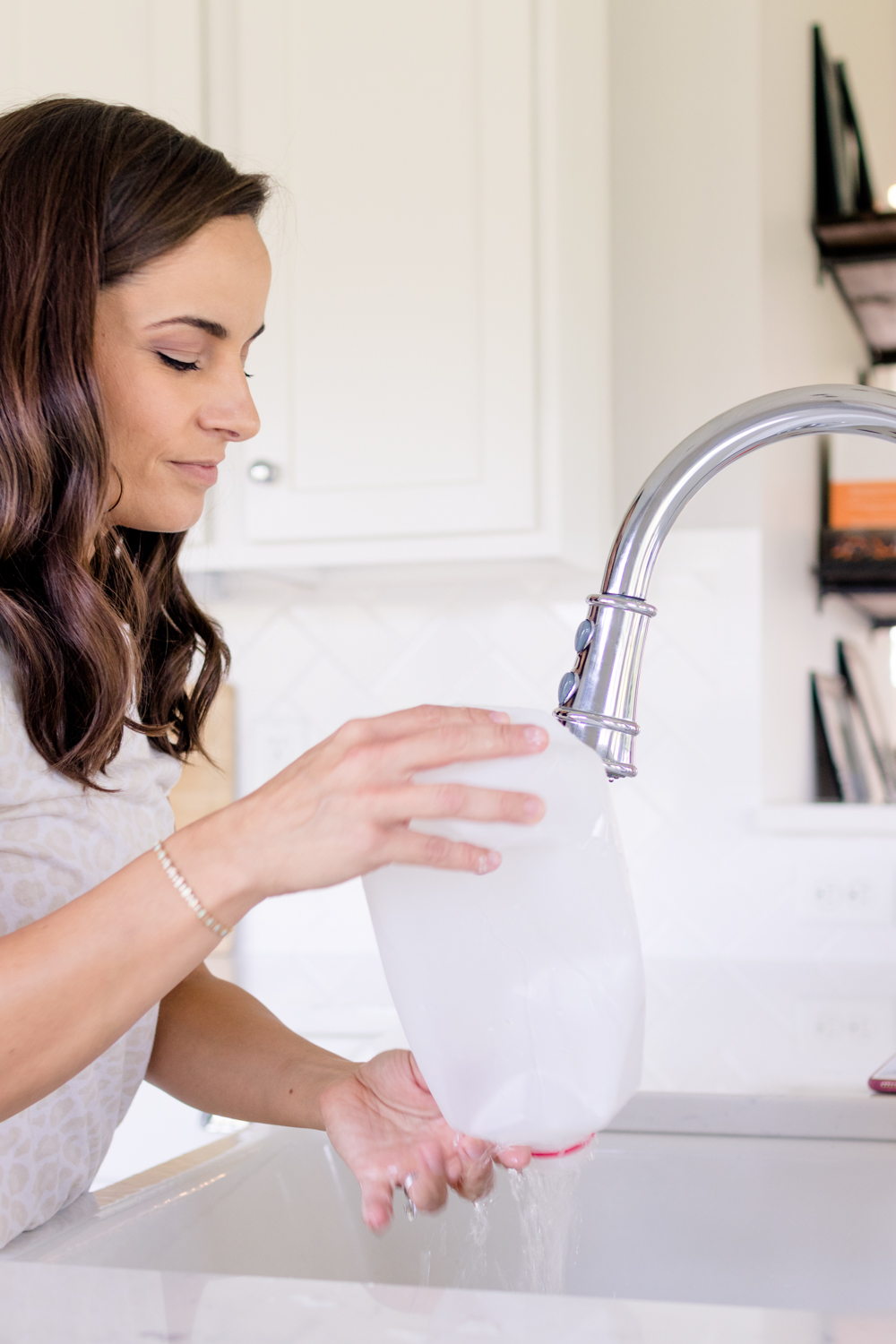
Recycling Dont’s
- Never contain your recyclables in any kind of bag, especially a plastic bag (unless it’s required by your center). Most places can’t process them, and they will just be thrown in the trash.
- If it’s wet, throw it in the trash.

What Can’t Be Recycled?
If it isn’t clean and dry, and doesn’t fall into the three categories above, it can’t be recycled in a bin. Common things to avoid:
- Food
- Plastic Bags and Wrappers
- Soiled Paper
- Greasy Pizza Boxes
- Electronics
- Toys
- Medical Waste (please no!)
- Diapers
There are many programs in place for recycling or reusing some of the items above, and alternatives to cut down on the waste they produce.

I’m excited about these first steps my family is taking to make less of an impact on our environment, and hope to continue to implement less waste practices in the future!
Do you recycle at home?
-Brooke
